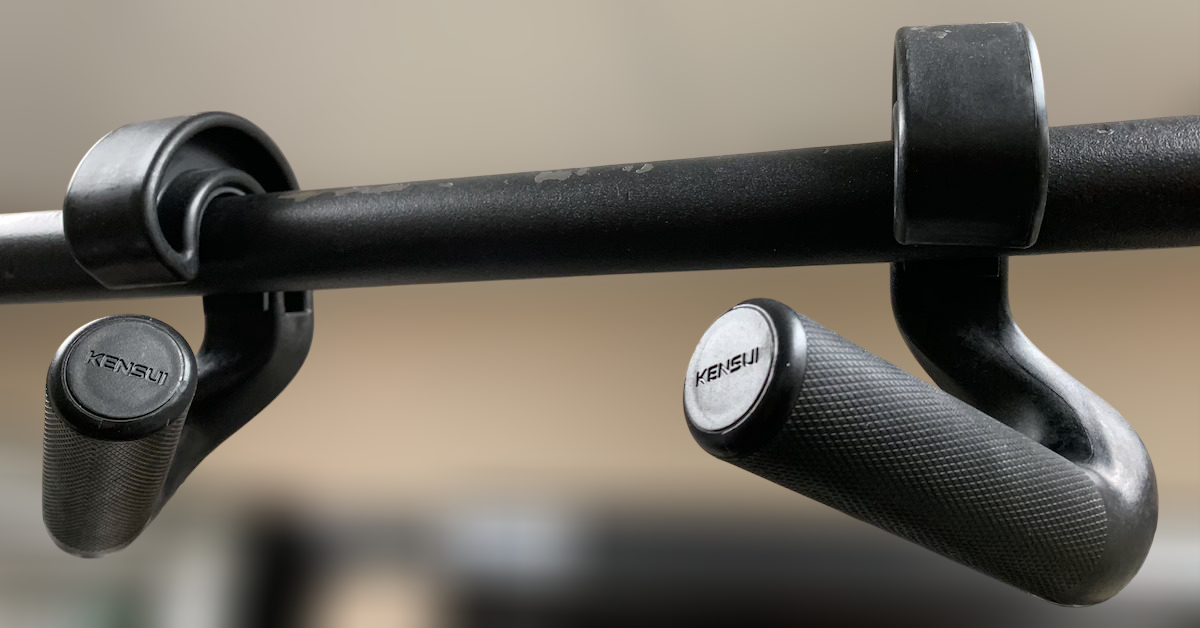Staying up to date with scientific research can provide valuable insights for health and fitness professionals. If you’re a personal trainer, here are some recent findings that can help you stay ahead of the pack:
1. Recruit Fast-Twitch Muscle Fibers for Rehab and Performance
Lovering performed muscle biopsies of the rotator cuff and found the muscles to be comprised of approximately 55-60% fast-twitch (FT) fibers. Furthermore, Irlenbusch performed muscle biopsies of the rotator cuff in patients with injuries and found that FT fibers were most affected. Consequently, when trying to selectively activate FT fibers for rehabilitation or performance enhancement, the therapist must use methods that specifically recruit these fibers. There are generally three ways to do this: 1) maximum intensity effort, 2) electrical stimulation, and 3) fast movement patterns like plyometric exercises.
Takeaway: High-rep protocols often target type I and IIa fibers, but type IIb fibers—which are most susceptible to injury—require a different approach. Rehab programs should include explosive or high-intensity work to properly engage these fibers. Learn more in my five-part series Heal Like Wolverine.
2. Muscle Atrophy: Chronic Disuse vs. Aging
This study contradicts the common belief that muscle mass and strength decline solely due to aging. Instead, these declines may result from chronic disuse rather than muscle aging itself. Evaluating masters athletes removes disuse as a variable, showing that maintaining muscle mass and strength can significantly reduce falls, functional decline, and loss of independence in aging adults.
Takeaway: Use it or lose it! Consistent strength training can prevent the loss of muscle mass and strength as you age. I’ll be discussing this topic at two upcoming events:
📅 May 14 – Ontario Society for Health and Fitness (Toronto)
📅 May 22 – Masters Swimming Canada (Etobicoke)
3. Resistance Training to Improve Flexibility
While resistance training (RT) is typically recommended for strength development, research indicates that it can also improve flexibility. Studies show that RT can enhance range of motion as effectively as static stretching, likely due to reduced passive tension and tissue stiffness. This means RT is a time-efficient way to improve strength, flexibility, and body composition in a single session.
Takeaway: Strength training improves both active and passive flexibility, especially when balancing agonist/antagonist muscle groups and training through a full range of motion. Learn more in my article Flexibility 101: The Do’s and Don’ts of Stretching.
4. Consume Creatine Post-Workout, Not Pre-Workout
Creatine supplementation combined with resistance training increases fat-free mass and strength. Based on current findings, consuming creatine immediately post-workout appears to be superior to pre-workout in terms of body composition and strength gains.
Takeaway: Take creatine after your workout, not before, for better results. Also, if you experience cramping while using creatine, proper hydration and post-workout consumption can often resolve the issue. I discuss this in detail in my book Mass Explosion.
5. Avoid Antioxidants Before Training
A common belief is that reactive oxygen species (ROS) and reactive nitrogen species (RNS) cause muscle damage and impair recovery. However, research shows that these compounds play a key role in muscle adaptation. Ingesting antioxidants before training may interfere with this process, blunting favorable adaptations.
Takeaway: Instead of taking antioxidants before training, walk barefoot on grass after your workout—a natural way to neutralize free radicals. Learn more about this and other recovery strategies in Mass Explosion.
Final Thoughts
Scientific research continues to challenge outdated fitness concepts. By staying informed and applying these insights, you’ll not only improve your own training but also enhance client results.

Upgrade Your Pull-Ups with Swissies-SP Handles
Pull-ups are one of the best exercises for building back and arm strength—but not all pull-up bars are created equal.

No Time to Walk After a Meal? Do This Instead!
By now, most people know that getting in daily steps is essential for overall health. In particular, taking a short

Stay Fit on the Fly: No-Excuse Workouts for Travelers
One of the biggest challenges people face when traveling is maintaining their exercise routine. The two most common excuses? Lack
follow
Error: No feed with the ID 2 found.
Please go to the Instagram Feed settings page to create a feed.
